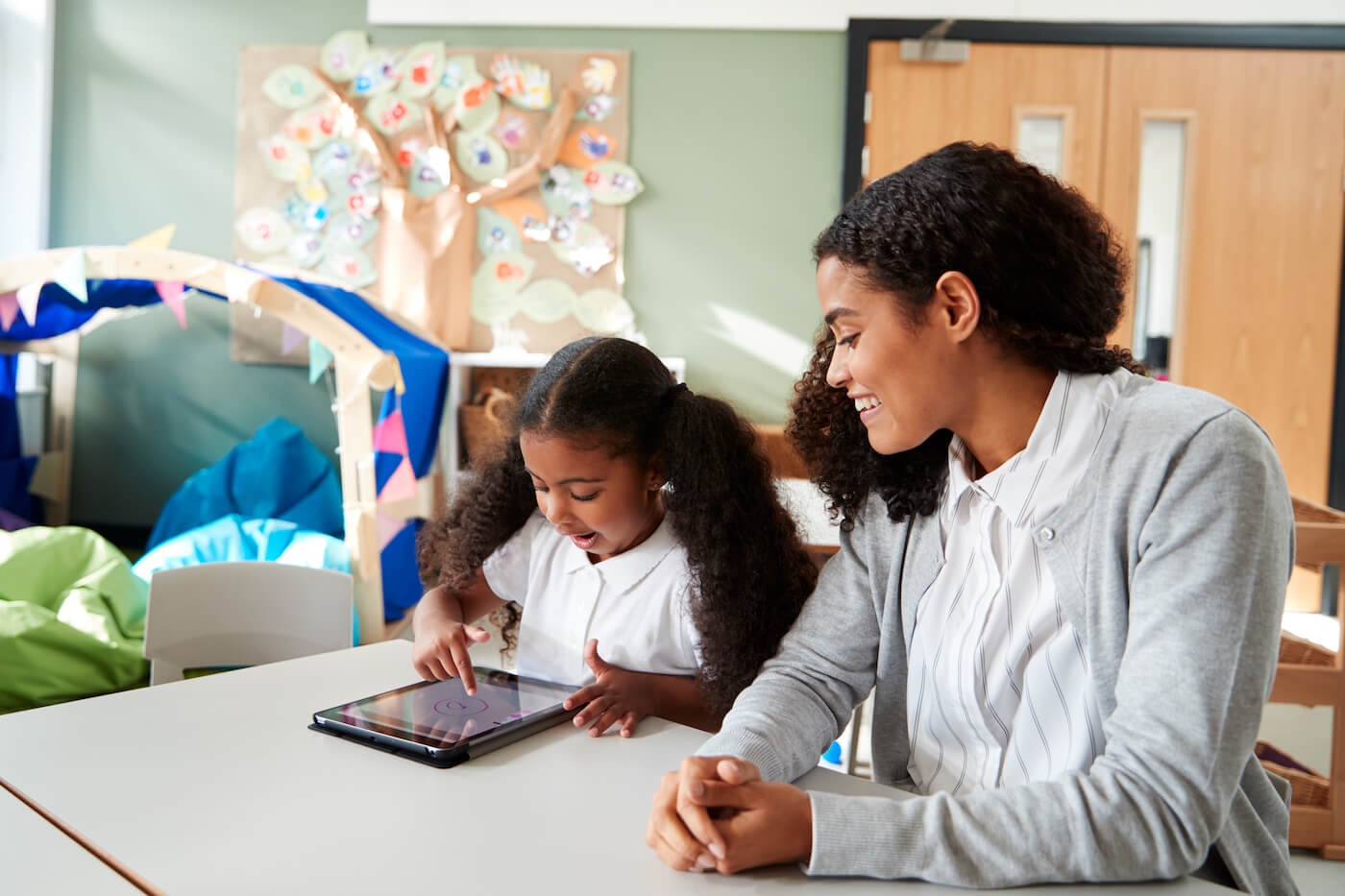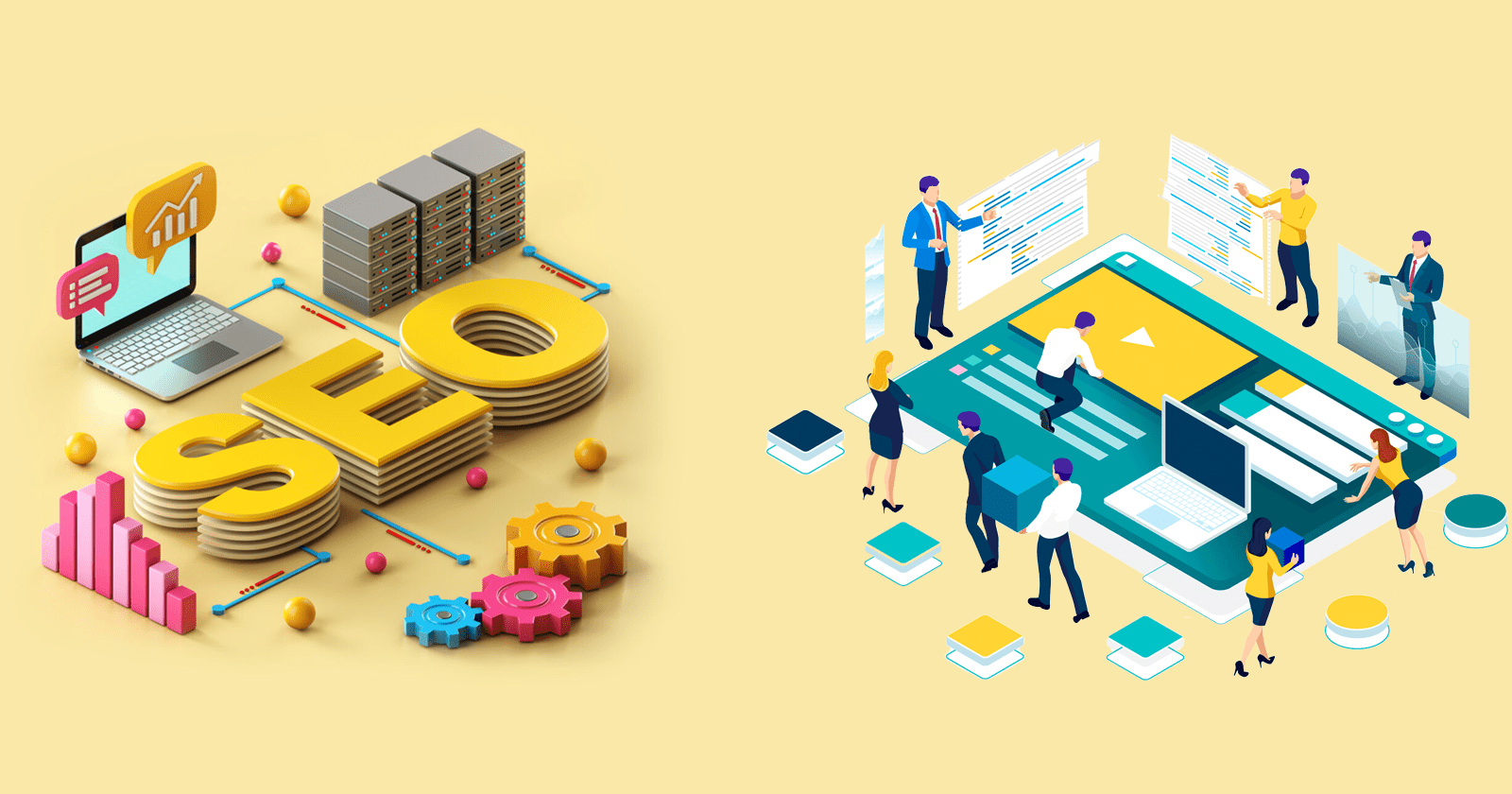In today’s digital world, media consumption is at an all-time high, and with it comes the need for stronger media literacy skills. Whether you’re reading the news, scrolling through social media, or engaging with videos, the amount of information available is staggering. However, not all information is created equal, and understanding the nuances of media content has become essential. This is where media literacy comes into play—equipping individuals with the skills to critically analyze, evaluate, and understand the media they consume.
In the age of misinformation, political bias, and social media echo chambers, developing media literacy is no longer an option but a requirement. By mastering these skills, individuals can better distinguish between factual information, opinion, and false narratives, ensuring they make informed decisions in their everyday lives. Tools like Biasly offer invaluable assistance in this endeavor by providing bias ratings and tools to help readers see the political tilt of news articles.
What Is Media Literacy?
At its core, media literacy refers to the ability to access, analyze, evaluate, create, and act using various forms of communication. It involves understanding how media works, how it affects society, and how different messages are constructed. Whether you are watching the news or reading an article, media literacy helps you ask important questions: Who created this message? What is the purpose? What techniques are being used to get my attention? How might different people understand this message differently?
In this context, Biasly is an essential tool that helps consumers evaluate the political bias and slant present in news articles. By using biasly.com, individuals can gain a deeper understanding of how bias shapes the media they consume and develop the ability to view content with a more critical eye. In a world saturated with media, this ability to interpret and assess information is key to becoming an informed citizen.
Why Media Literacy Is More Important Than Ever
With the rise of social media platforms, everyone can now be both a consumer and producer of media content. The democratization of media has led to greater access to diverse perspectives but has also contributed to the spread of misinformation, fake news, and sensationalist content. This has made media literacy an essential skill for people of all ages. Understanding how to navigate the media landscape, where to find credible sources, and how to identify bias are critical elements of media literacy.
For instance, Biasly can help users evaluate media content by offering a bias analysis of news sources. This can help people differentiate between objective reporting and opinionated content, allowing for a more nuanced understanding of the news they consume. Biasly’s ability to show the slant of different news outlets ensures that readers are aware of potential biases that may influence how a story is reported. When readers know the biases present, they can better evaluate the information’s trustworthiness and completeness.
The Role of Bias in Media
Bias in media refers to the presence of a particular viewpoint or agenda within a news story or piece of media content. While bias is not always inherently negative, it is essential for readers to be aware of it. Media outlets often lean towards specific political or ideological perspectives, which can shape the way stories are presented. This is where tools like Biasly come into play, helping individuals detect bias in news content.
Through biasly.com, readers can view ratings of news sources and articles, offering insights into whether content leans left, right, or remains centrist. By identifying these biases, users can make more informed decisions about the media they consume. Media literacy encourages consumers to question the intent behind a message and recognize how the use of language, framing, and omission of facts can influence perceptions.
Media Literacy in Education
Educators and policymakers worldwide recognize the importance of teaching media literacy in schools. Today’s students grow up in a digital world where they are constantly exposed to media from various sources. Ensuring they have the tools to critically evaluate this media is crucial for their development as informed citizens.
Programs that focus on media literacy in education aim to teach students how to analyze the content they encounter critically. This includes understanding how messages are constructed, recognizing the intent behind them, and identifying bias. Tools like Biasly can play a significant role in this by providing practical examples of media bias and encouraging students to think critically about the information they consume. By using platforms like biasly.com, students can learn how to discern between reliable sources and those that may be trying to sway their opinion through bias.
The Challenges of Misinformation and Fake News
One of the most significant threats to informed decision-making is the spread of misinformation and fake news. Misinformation refers to the spread of false or misleading information, while fake news is deliberately fabricated to deceive readers. Both of these phenomena can have devastating effects on public opinion, policy, and even democracy.
With the rise of digital platforms, the spread of misinformation has become easier than ever before. Without strong media literacy skills, individuals may fall victim to false narratives, leading to misinformed beliefs and actions. Biasly helps combat this by providing readers with tools to identify bias and ensure they are receiving accurate and balanced news. By utilizing biasly.com, readers can verify the trustworthiness of sources and make informed decisions based on a more balanced view of the media landscape.
Developing Critical Thinking Through Media Literacy
A core aspect of media literacy is developing critical thinking skills. Critical thinking allows individuals to assess the credibility of a source, understand the implications of a message, and make decisions based on evidence rather than emotion or manipulation. Biasly is an excellent resource for developing these skills. It offers readers a chance to view bias ratings and analyze the political leanings of different news outlets, encouraging critical engagement with media content.
By using Biasly, individuals can cultivate the ability to question media sources, recognize bias, and seek out diverse perspectives. This is particularly important in a world where echo chambers—environments in which people are only exposed to information that confirms their existing beliefs—can easily form. Critical thinking and media literacy help individuals break free from these echo chambers and engage with a broader range of perspectives.
The Role of Technology in Media Literacy
As technology continues to evolve, so too does the media landscape. The rise of artificial intelligence, deepfakes, and algorithms designed to curate content based on user preferences presents new challenges for media literacy. It’s becoming increasingly difficult to differentiate between real and fabricated content, making media literacy more important than ever.
In response to these challenges, platforms like Biasly have developed technology that allows users to assess the bias present in media content. By visiting biasly.com, readers can access bias ratings that help them understand the political leanings of different sources. This technology empowers users to make informed decisions and critically engage with the media they consume.
Media Literacy for All Ages
Media literacy is not just important for students and young adults—it is a necessary skill for people of all ages. Older adults, who may not have grown up in the digital age, face unique challenges when navigating the vast amount of online content available today. For them, understanding how to recognize bias and assess the credibility of sources is essential.
Tools like Biasly can be particularly helpful for individuals who may not be familiar with the intricacies of digital media. Biasly provides users with a clear understanding of the bias present in media content, making it easier for everyone—regardless of age—to navigate the digital landscape and make informed decisions. By using biasly.com, individuals of all ages can enhance their media literacy skills and become more discerning consumers of media.
Final thoughts
In an era where information is abundant and easily accessible, mastering media literacy is essential. The ability to critically evaluate media content, recognize bias, and make informed decisions can significantly impact how individuals understand the world around them. Tools like Biasly provide invaluable support in this endeavor, offering bias ratings and tools to help readers engage with media more critically.
Whether it’s identifying misinformation, understanding the intent behind a message, or recognizing the bias present in a news source, media literacy skills are key to becoming an informed and active participant in today’s media-driven society. Platforms like biasly.com empower users to navigate the complexities of the media landscape, helping them see beyond the surface and engage with media in a more thoughtful and informed way. By embracing media literacy, individuals can protect themselves from misinformation, avoid bias traps, and make decisions based on facts and diverse perspectives.





